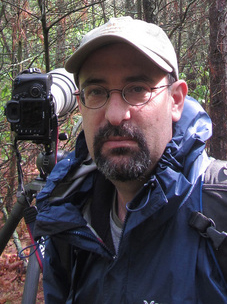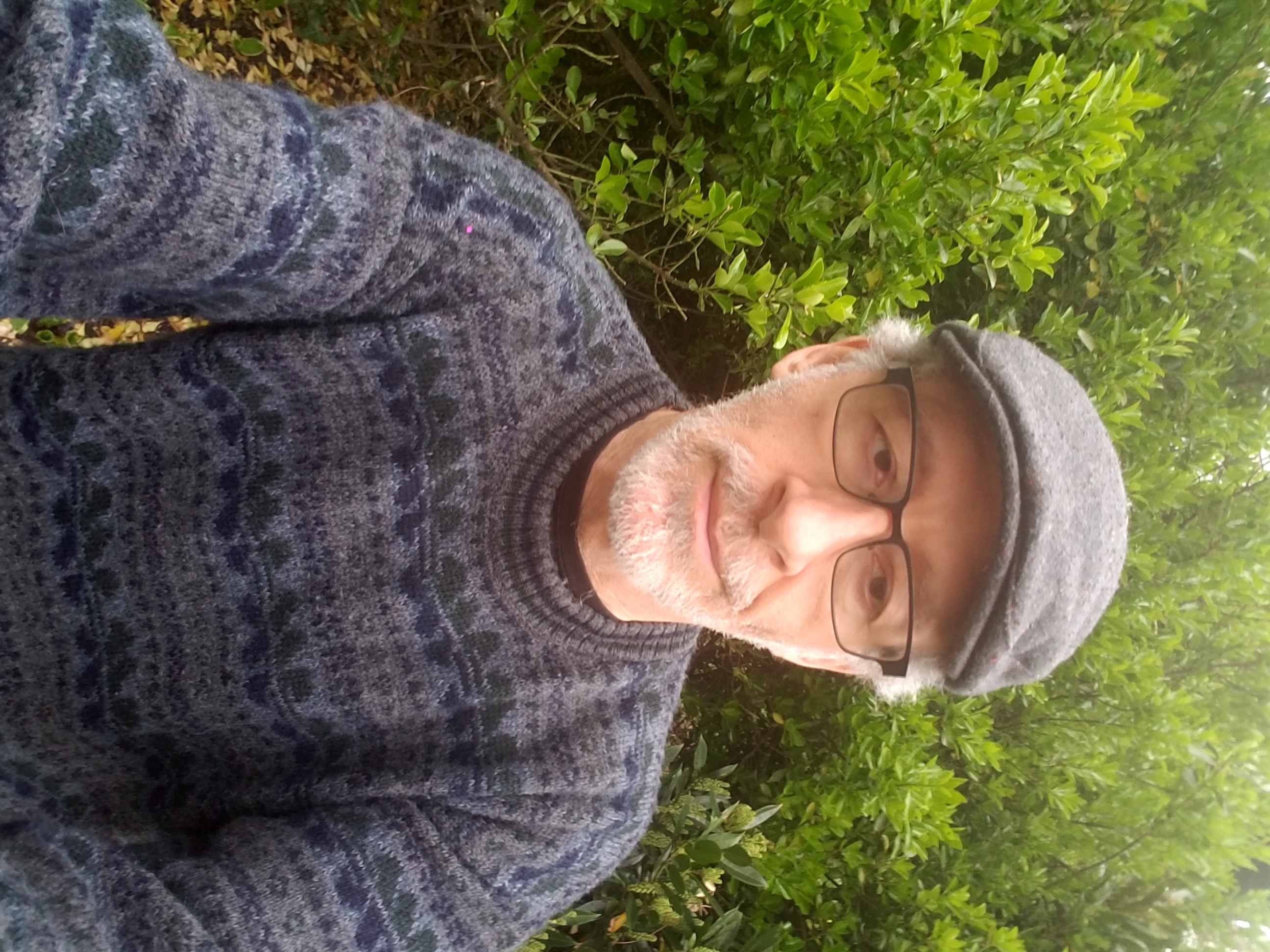We’re fortunate in this issue to have not one but two talented photographers and past-contributors sharing their views of very different landscapes in the prairie region. Minnesota photographer Bruce Leventhal—who also contributed the cover art for this issue, has given us an essay and photographs inspired by his visits to South Dakota’s Badlands. Maryland photographer Keith Kozloff has given us an essay and photos inspired by his time in Colorado’s Pawnee National Grassland.
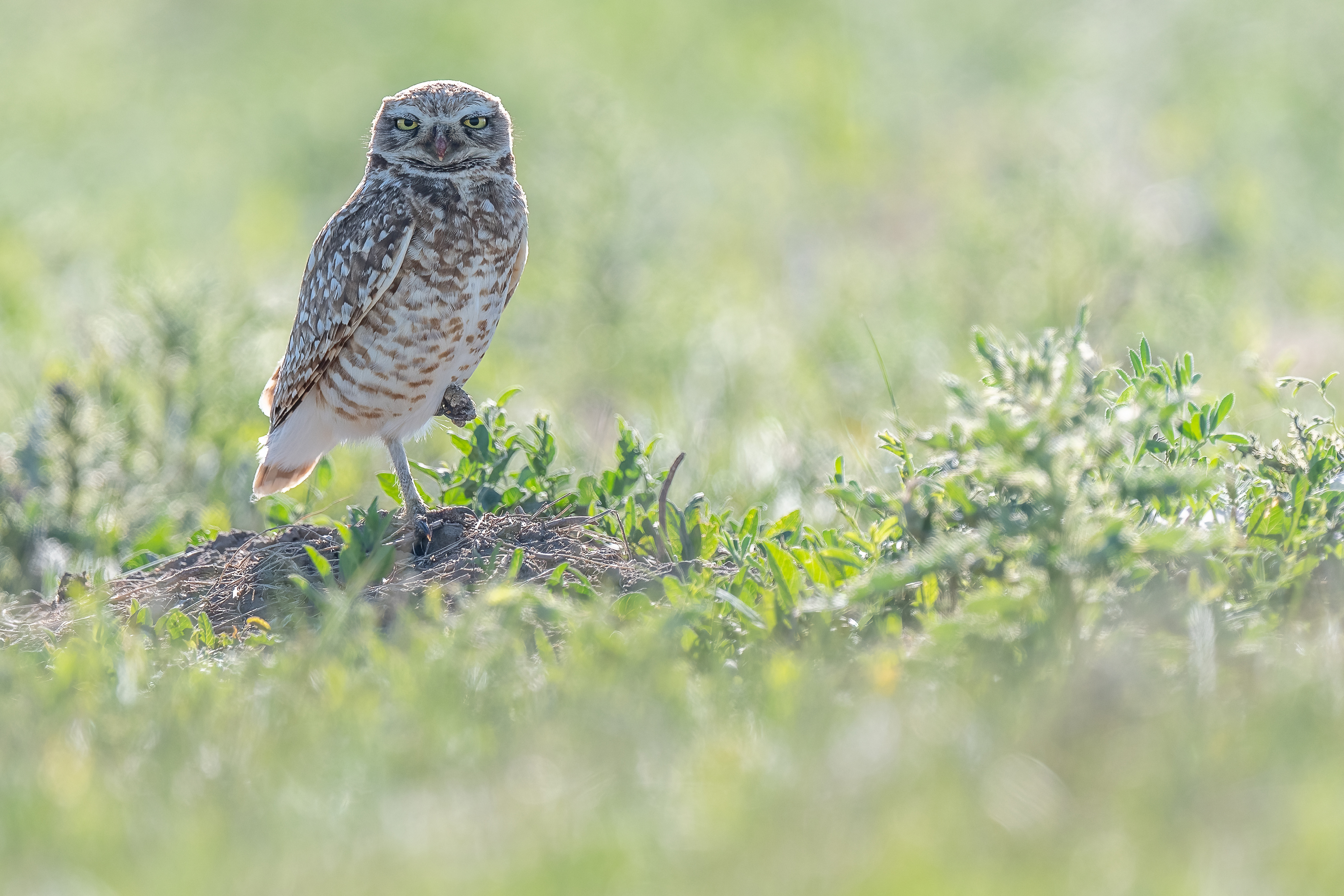
Photo by Bruce Leventhal.
A Calm In the Face of Chaos
A moonlike landscape erupts from farmland and tall grass prairies as you head west of Minnesota along US Highway 90. The erosive power of wind and water strips away the vegetation and topsoil that dominated the prior hundreds of miles to the east. An icon to those who traverse the country hauling cargo, Badlands National Park is a welcome break from an otherwise monotonous journey.
Geologic forces of the past and present reveal a striking landscape of sandstone towers, mud-rock plateaus, and colorful bands of sand that distinguish one prehistoric environment from another. Named for the challenging landscape that divides east from west, the Badlands was a place of death and misery as settlers moved across our country to colonize new territory. Yet, this harsh and foreboding landscape is a place of great beauty. A refuge to bison, bighorn sheep, pronghorn, and countless bird species, Badlands National Park offers its visitors a glimpse into our county’s pre-industrial landscape.
To the photographer, the park’s hidden beauty can be a challenge to photograph. The midday sun creates harsh shadows and highlights that are juxtaposed against a bright blue sky. Pictures made during these hours will appear flat, boring and two-dimensional. However, if 5:00 a.m. is your jam, Badlands National Park can become pure magic. The crepuscular sunlight will kiss the many canyons and mountaintops to produce a warm red glow.
In June, 2020 I needed a respite from the pandemic drama and the corrosive political discourse that dominated the day. After sheltering in place for months and living a digital work life, I could think of no better place to heal than a road trip to the Badlands. Wounds that festered for months dissipated as I embraced the rhythm of the days where prairie meets desert in South Dakota.
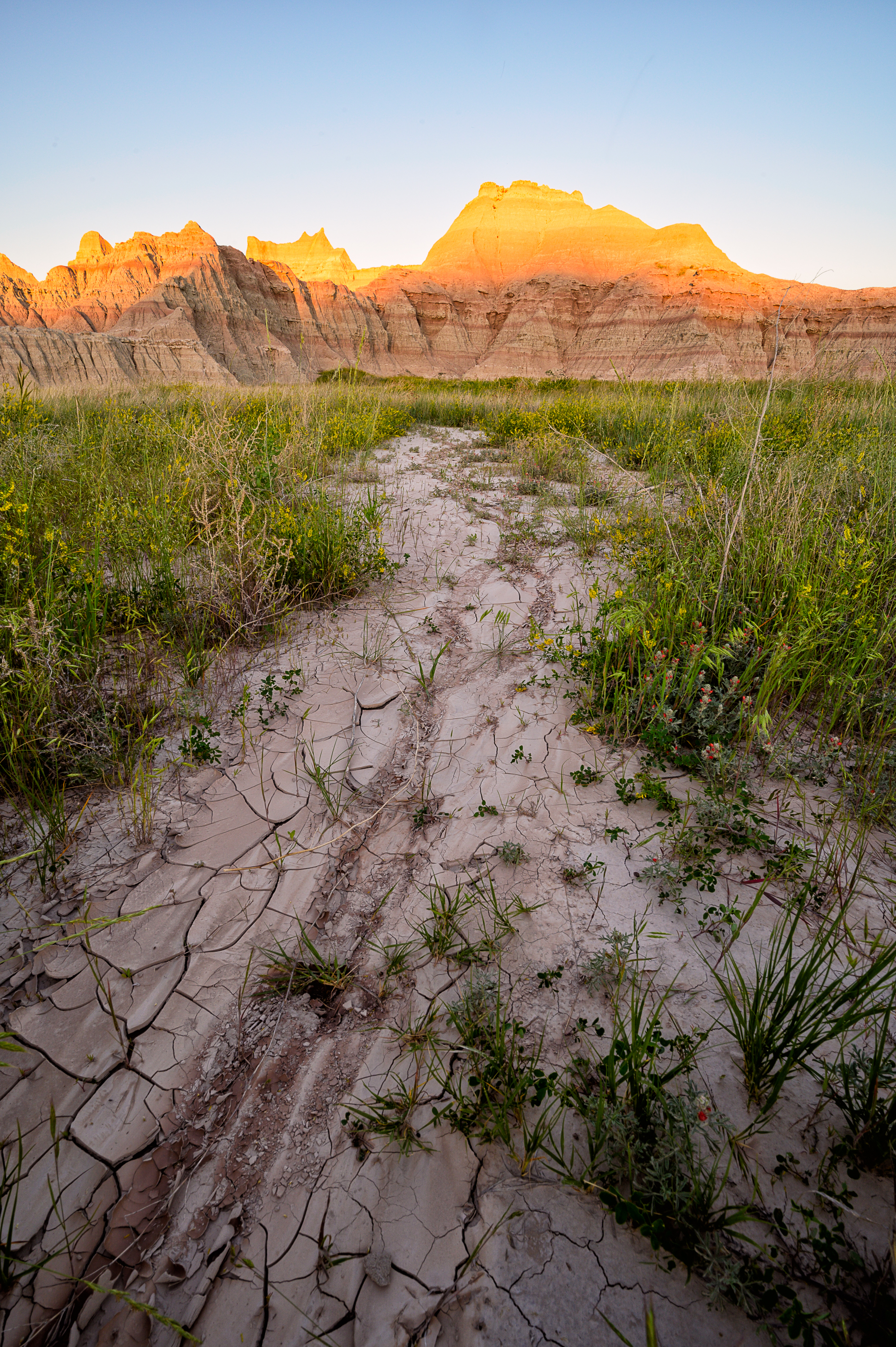
Photo by Bruce Leventhal.
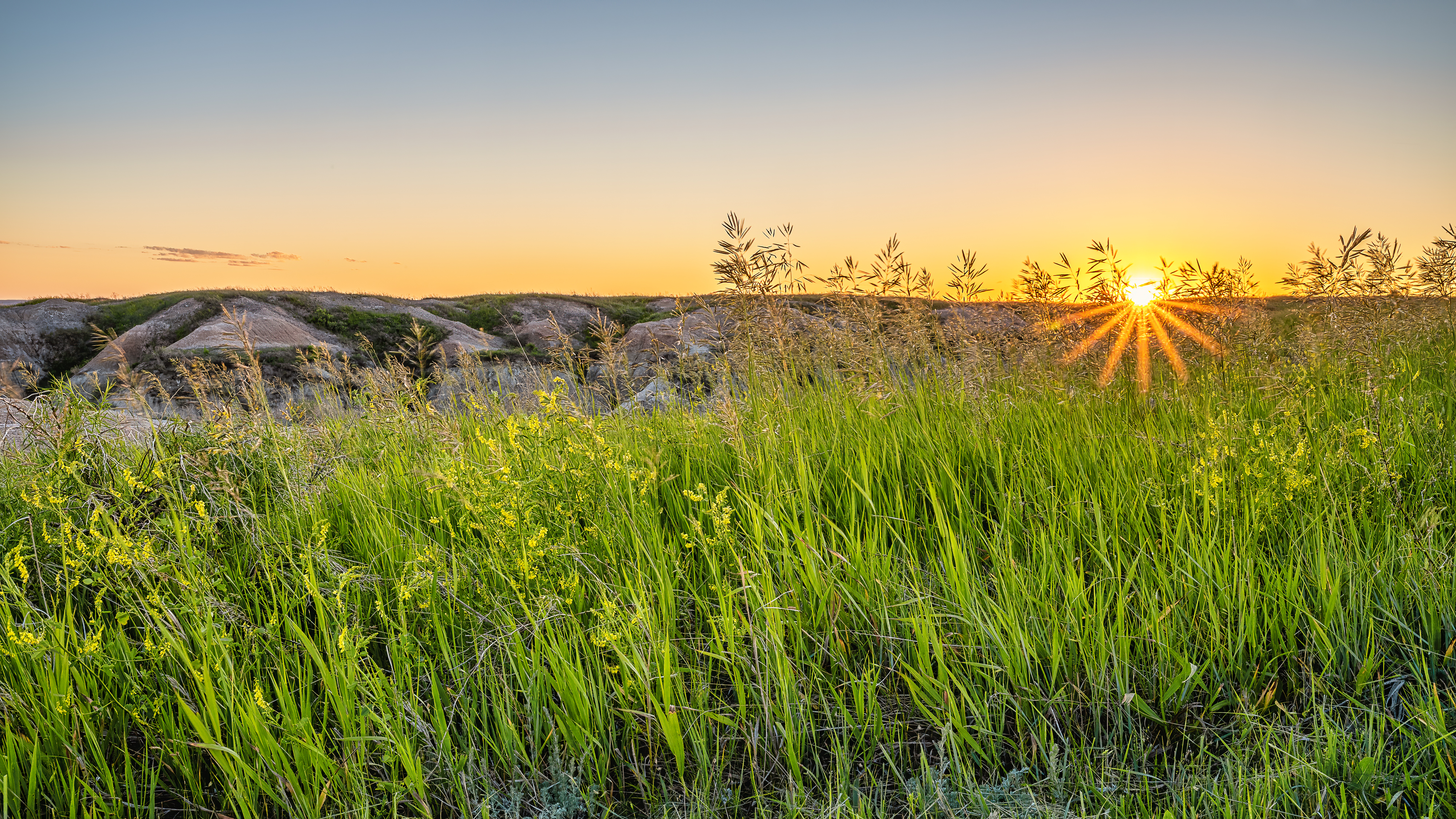
Photo by Bruce Leventhal.
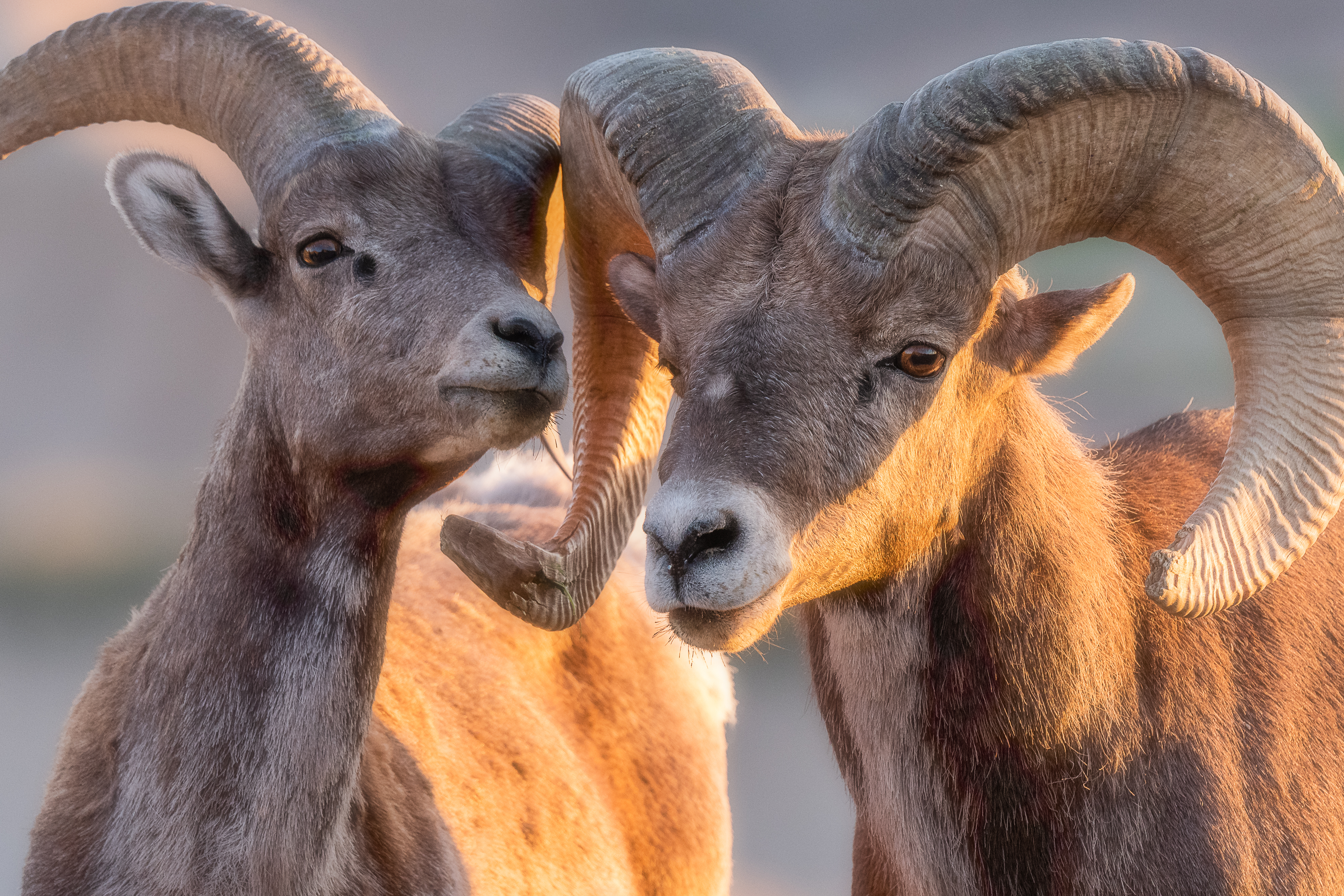
Photo by Bruce Leventhal.
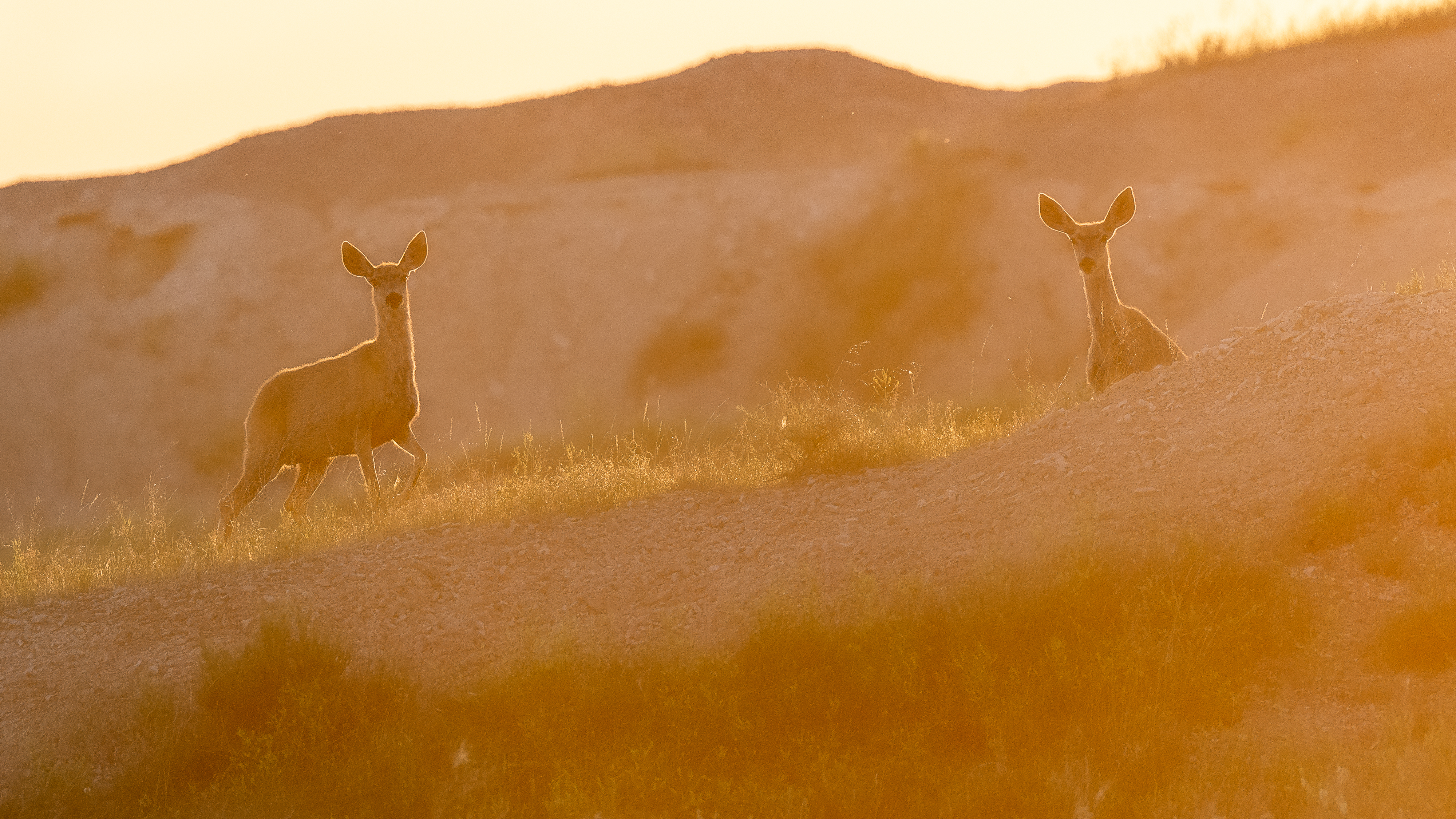
Photo by Bruce Leventhal.
Fear and Loathing on the Prairie
The last and most difficult problem settlers had to overcome was the isolation of the plains. In colonies this was a lesser problem, but as people moved from these places it often became acute. Many farms were located at distances that required at least an overnight trip to get to the nearest town and return. The starkness of the high plains, the oppressive silence and lack of human contact, as well as the severe climate all weighed heavily on settlers. There were numerous reports of people going mad; often committing suicide, or killing others. Women, in particular, suffered from depression.
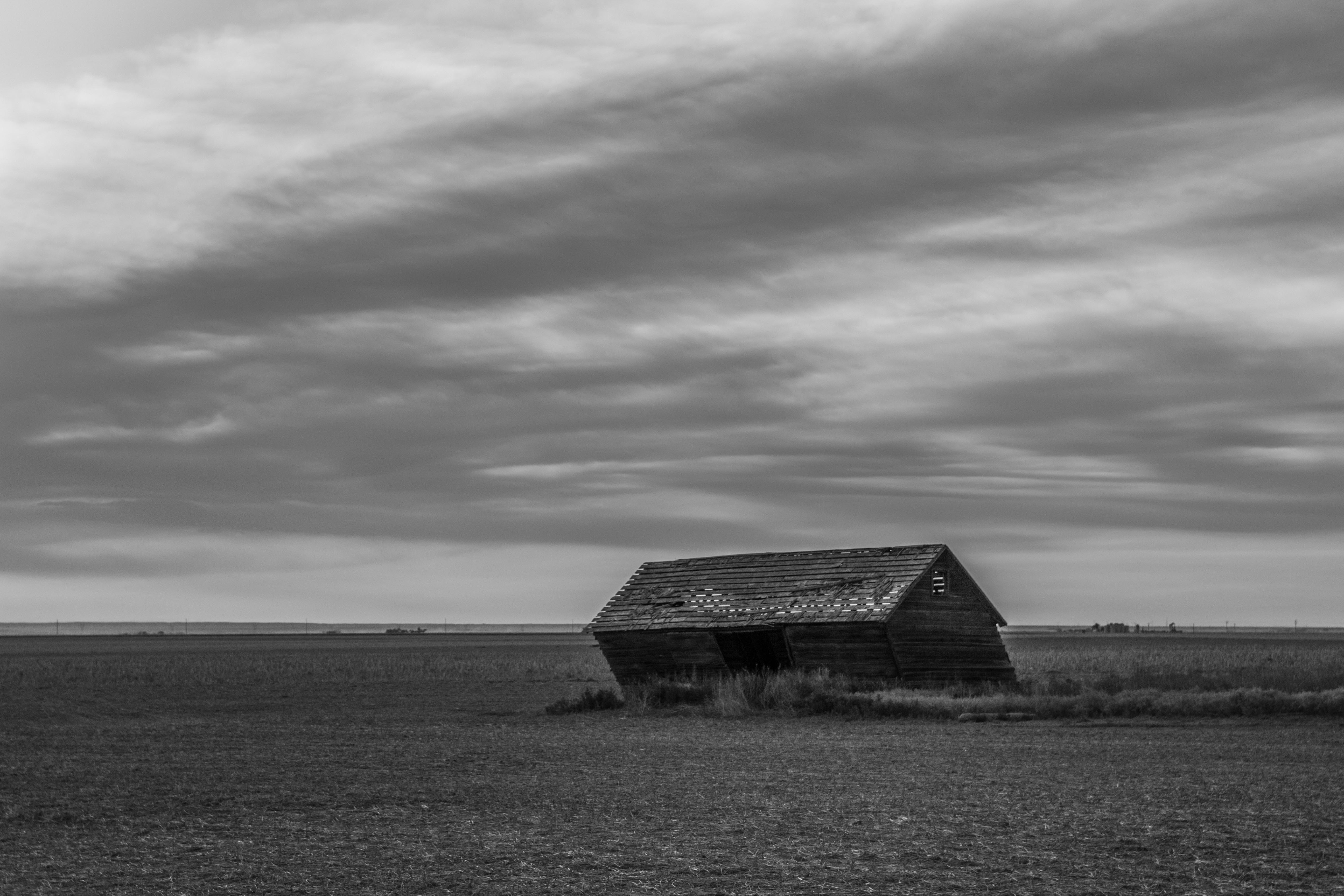
Photo by Keith Kozloff.
“Piece of cake!” Frank encouraged. I peered skeptically over the rock lip at the long drop below, not able to see where I would place my feet on the descent. In that moment, I felt like the proverbial cat waiting to be rescued after climbing up high in an oak tree.
Frank was my bed and breakfast host in Ault, Colorado and an informal guide to the nearby Pawnee National Grassland in northeastern Colorado. The U.S. Forest Service manages this tract of shortgrass prairie that is about twice as big as the City of Denver. During my visit, Frank offered to take me hiking on an unmarked trail. When we left early one morning with his eighteen-year-old dog, I somehow didn’t register why he had brought along 100 feet of rope in his backpack.
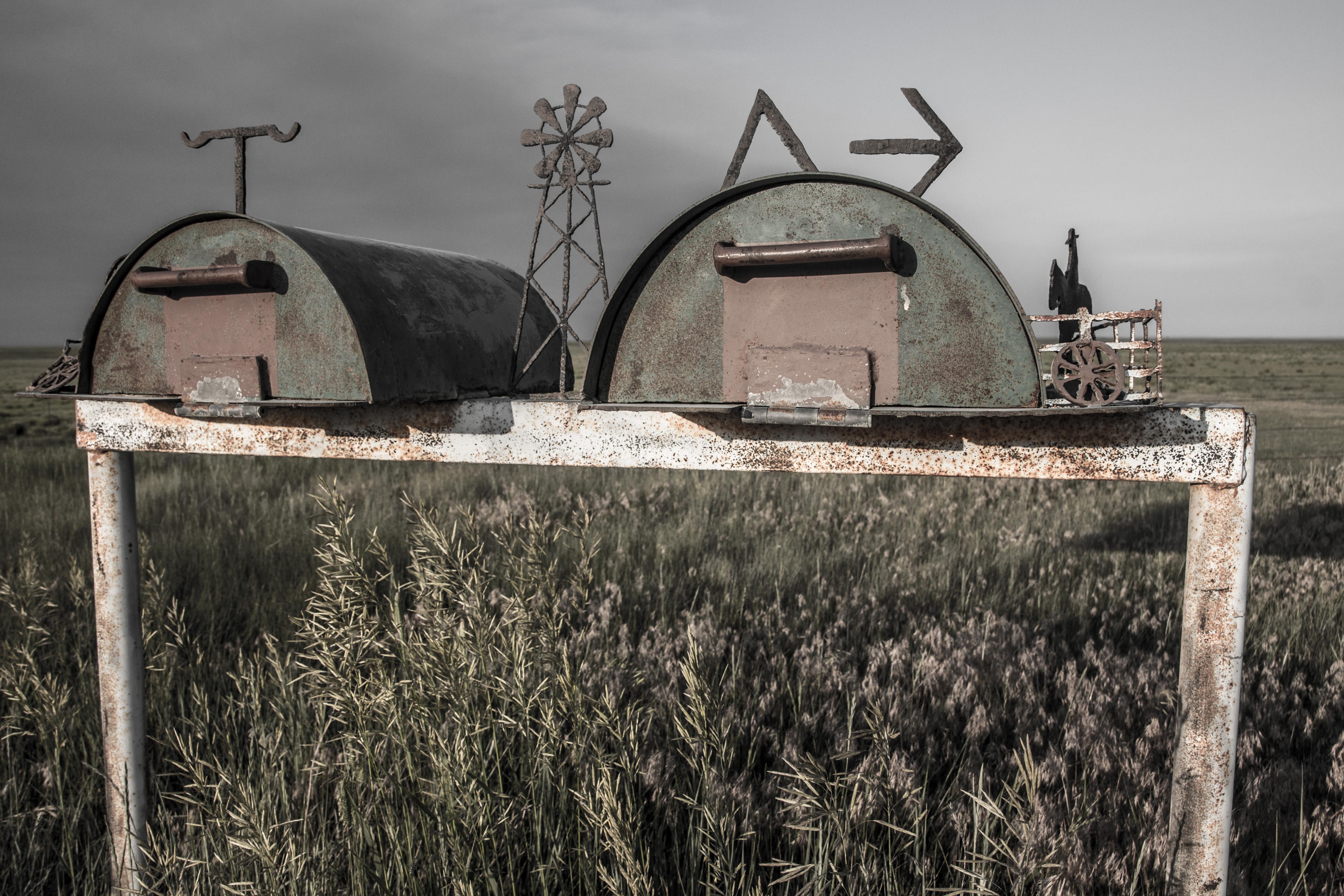
Photo by Keith Kozloff.
Our hike ended at the base of one of the two Pawnee Buttes—escarpments made of crumbly, eroding sandstone rising over 300 feet above the prairie. Belatedly realizing my host’s intentions, I paled and swallowed hard. Suffice it to say, I don’t like heights (my aversion extending to ladders for cat rescues). But Frank pointed out notches that someone had cut in the near-vertical section of the butte to serve as shallow steps. As further reassurance, he would ascend first, then hoist up his dog on the rope; and finally throw down one end of it with a knotted loop that I was to arrange just under my armpits. Since Frank would be holding onto the rope’s other end, what could go wrong? With these (rock solid) assurances, I agreed to climb.
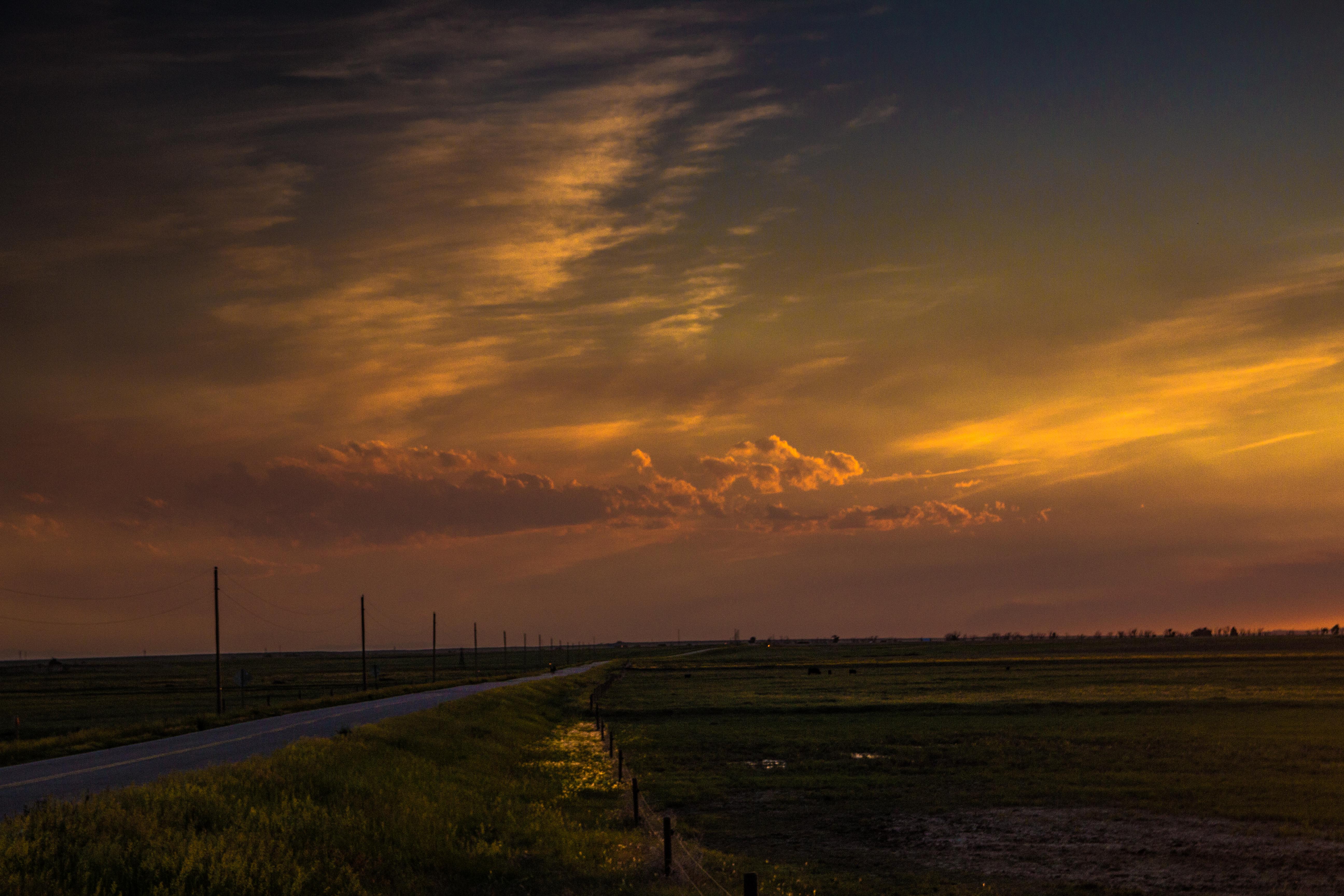
Photo by Keith Kozloff.
The notches proved helpful until they ended, at which point I had to hoist myself up, around and over a protruding lip (my personal equivalent to the Hillary Step on Mount Everest). Going down was the same procedure, only in reverse. Though now I couldn’t see where to put my feet, the rope tightened around my middle only once. Back at the bed and breakfast that evening, Frank turned on a TV show featuring extreme diving from high cliffs into narrow pools (perhaps his way of helping me maintain the day’s cortisol spike).
In contrast to testing my window of tolerance for verticality, I had actually come to northeastern Colorado intending to take photos. Though the successive waves of humanity’s hopes, trials, and tribulations on the prairie are foreign to my modern urban experience, I hoped to capture a sense of its vast expanse and sweep of history.
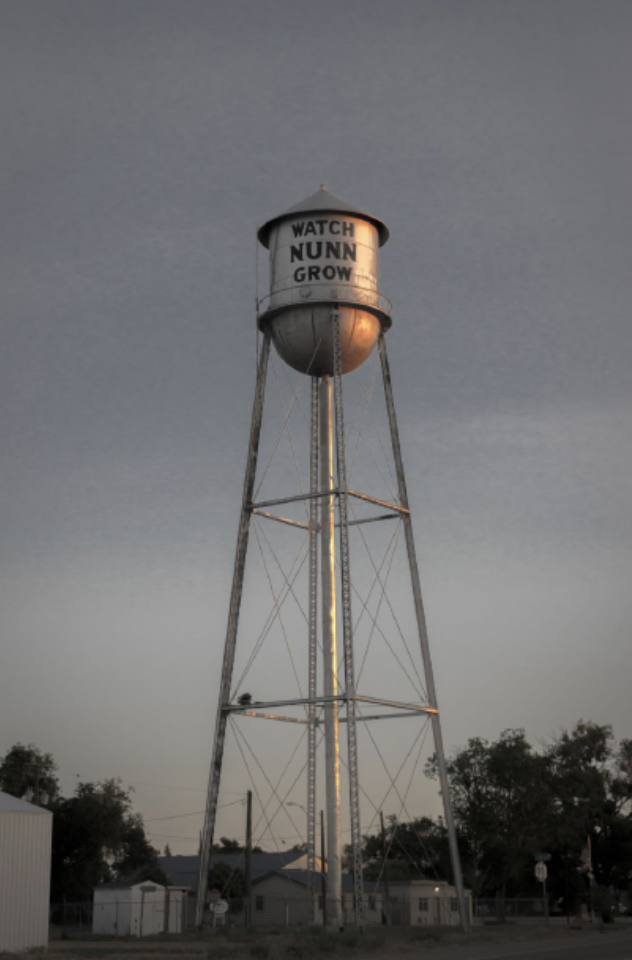
Photo by Keith Kozloff.
Archaeologists have dated human presence in the region to 12,000 years ago, and several Native American nations (Arapaho, Pawnee, Comanche, Kiowa, and Cheyenne) have lived in the region. The Grassland’s present area was a part of the Louisiana Purchase of 1803, though Native Americans controlled it for the next several decades. By the time fur traders arrived in the 1820s, bison were already in decline from a combination of drought and hunting competition among different Native American nations. The trappers made bison and other game even scarcer.
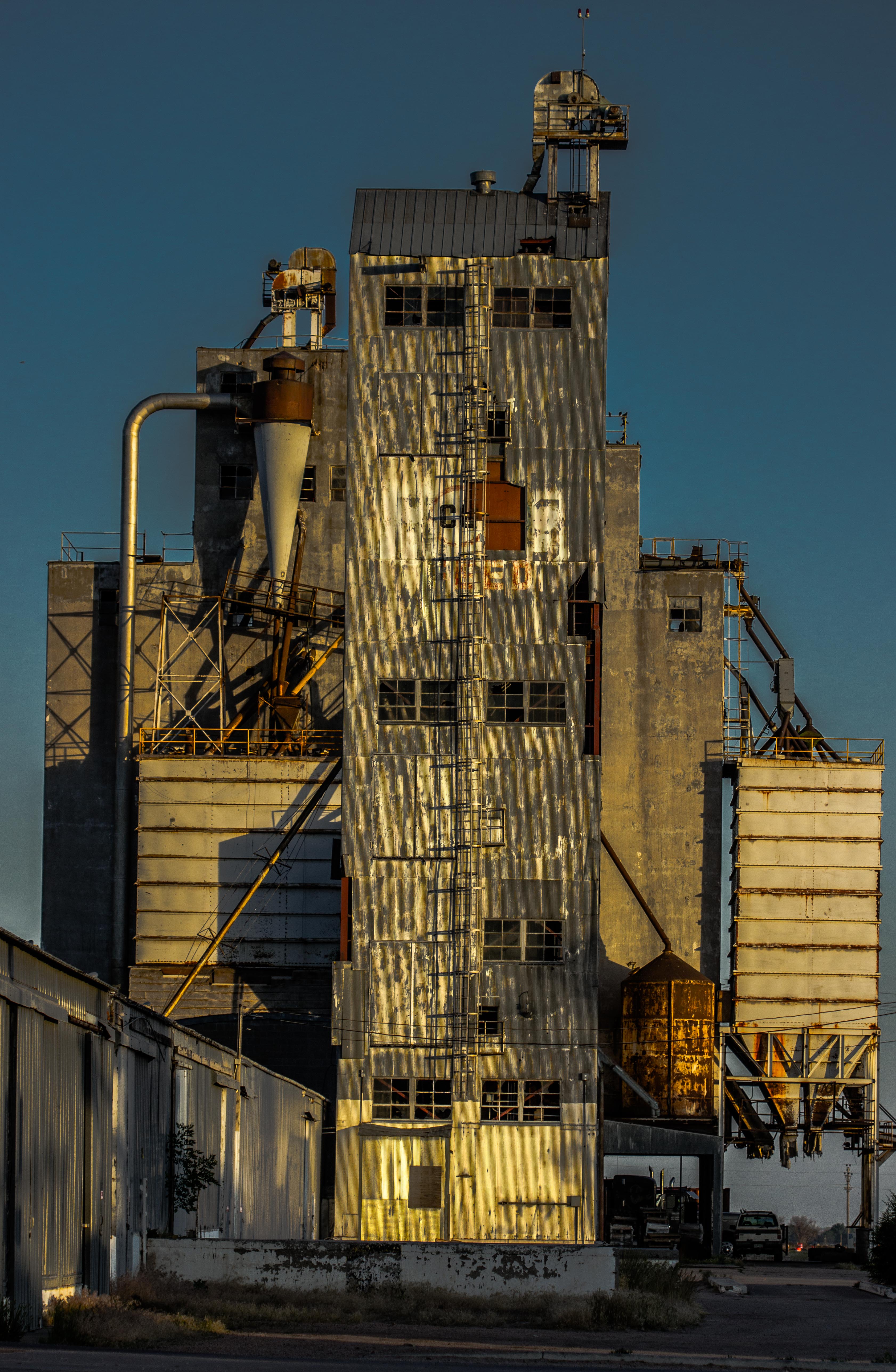
Photo by Keith Kozloff.
Following the 1862 Homestead Act, white settlers began to permanently occupy what is now Pawnee Grassland in the 1880s. From the late 1800s to the early 1900s, more than 1,000 homesteaders staked claims there despite risks posed by the physical environment 1.
Some of the first cattlemen drove large cattle herds to supply beef for railroad workers. With no oversight, ranchers could run cattle across the land. These open-range cattle drives began to decline in the mid-1880s, especially after a harsh winter in 1886–87 that killed off many cattle and bankrupted many ranches, an event known as the “Great Die Up” (a wordplay on “roundup”).
Many inhabitants fled the area during the Dust Bowl of the late 1930s. Poor agricultural practices combined with drought created harsh conditions on the plains. Farmers uprooted the prairie grasses that held soil and water together in favor of shallow-rooted crops, which resulted in soil erosion. The eroded dry soil created layers of dust that kicked up in massive clouds during windstorms. Despite these historical setbacks, today livestock and agriculture remain the economic mainstay of the broader region, sharing space with the oil rigs and wind farms that now dot the landscape.
Nearby is the largely-abandoned town of Keota, Colorado. It serves as a reminder of how natural and economic forces interacted to shape the Grasslands’ history. Keota was established as a homestead in 1880 by two apparently intrepid sisters, Mary and Eva Beardsley. By 1887 Keota had become a station stop on the “Old Prairie Dog Express,” which ran from Holdredge, Nebraska, to Cheyenne, Wyoming, on the Chicago, Burlington & Quincy Railroad. Homesteaders depended on the railroad for travel and for shipping farm goods to market. Early Keota had a hotel, restaurant and other railroad crew services. The depression of the late 1800s caused Keota’s population to fall from 300 to 77, however, and the post office closed in 1890.
A second wave of homesteaders began coming to Keota from the Midwest in 1908 and the post office reopened in 1909. The rains of 1911 increased land prices for both farming and raising cattle. Residents dug wells and established a hotel, newspaper, lumberyard, church, and school. However, Keota’s remote location and its lack of a continuous water source contributed to its gradual decline. The school closed in 1951 and the Keota Post Office in 1974. The railroad was abandoned and its tracks removed in 1975.
According to some sources, the name Keota is derived from a Choctaw word meaning “fire gone out,” that is, it’s now safe to leave camp. And so it is.
1 “Water was but one of many problems faced by pioneer farmers in northeastern Colorado during the late nineteenth century. The environment proved greatest enemy to these people. Uncertainties of weather plagued them (and still does) much as nature had hurt cattlemen. Blizzards delayed plantings or killed young crops that were seeded too early. Summer droughts and extremely hot weather could wither vegetation in just a matter of days. Dust storms could denude fields. Severe thunderstorms were common to the area and had accompanying hail, high winds or tornados that could ruin an entire year’s crop within moments. If a farmer was fortunate enough to survive these hazards, nature still had one further way to break him. Periodically, under favorable climatic conditions, grasshopper populations would multiply and to find sustenance these insects ate everything they could find. At times they were so dense that their droves resembled clouds of dust rolling along the ground; thick enough to blot out the sun. When they arrived “hoppers” just ate until there was no more and then they moved on. Reports of chickens exploding after gorging themselves on the hoppers, or calves with their eyes eaten out were commonplace.” The New Empire of the Rockies: A History of Northeast Colorado (Chapter 5) (nps.gov)


